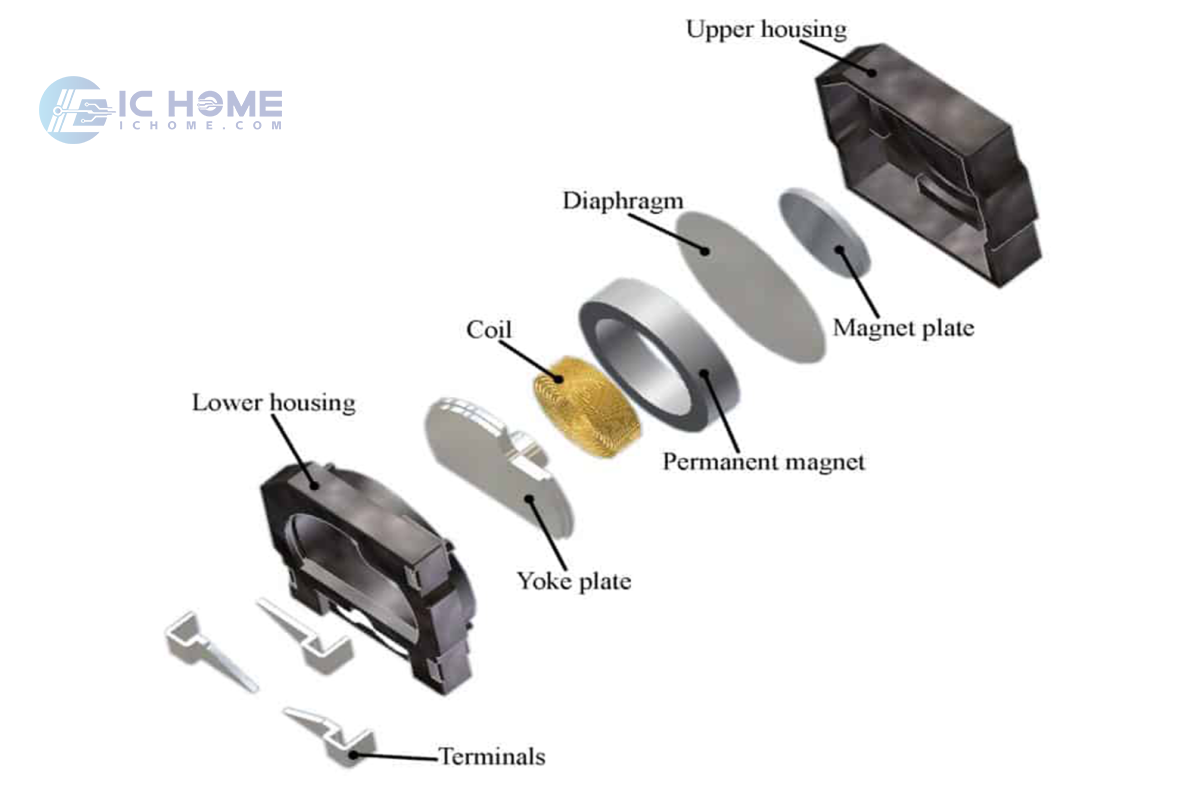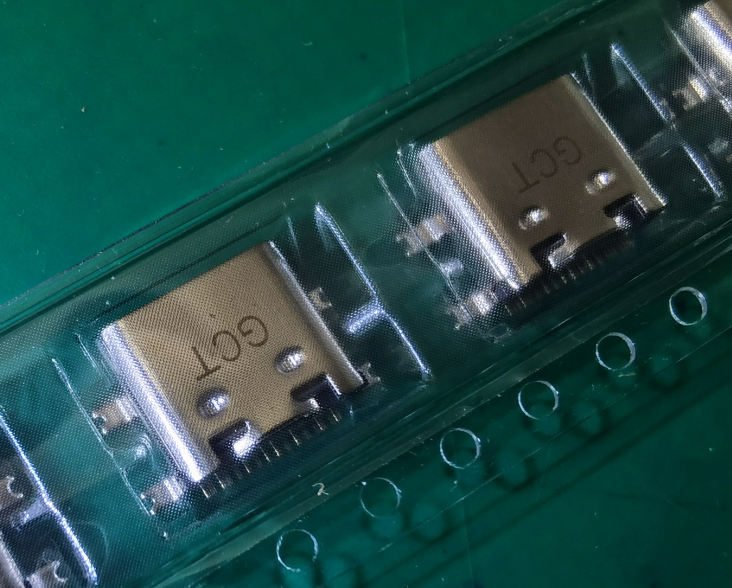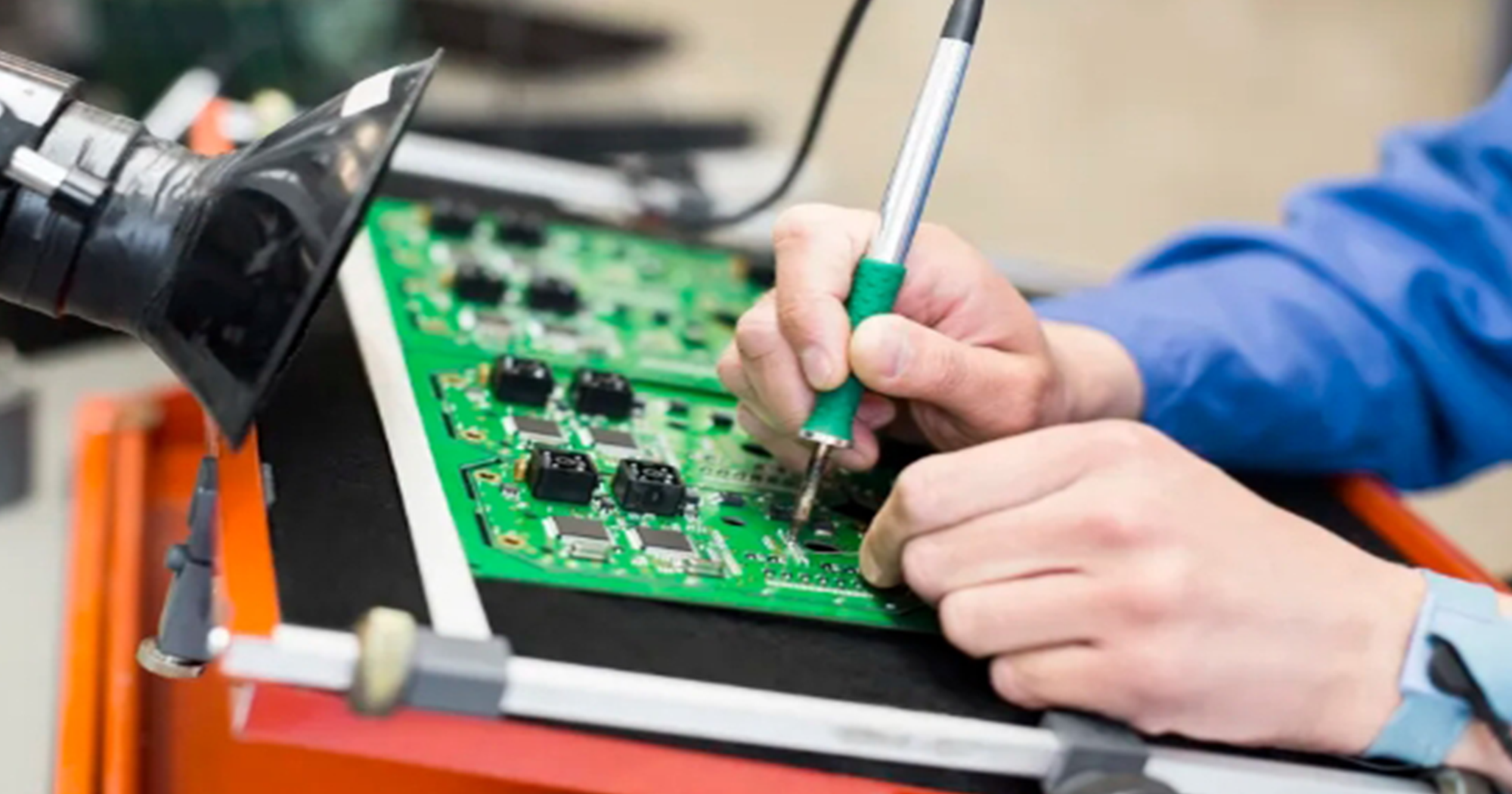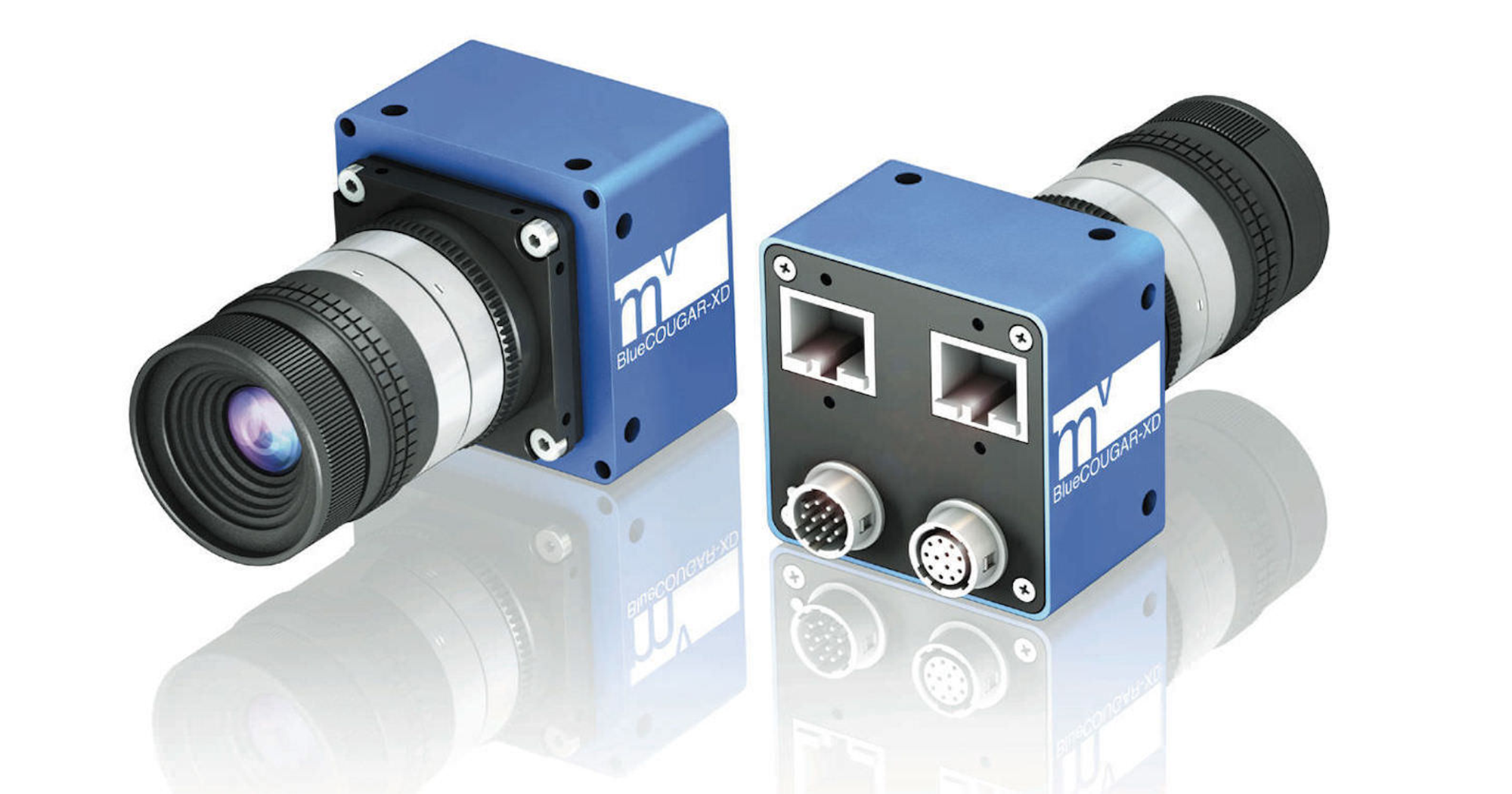Buzzers in Focus: Exploring Their Role and Relevance
As technology evolves, the demand for versatile and efficient components increases. One such component that plays a vital role in various applications is the buzzer. This article delves into the intricacies of buzzers, focusing on their manufacturers, parts, applications, and packaging. By the end, you’ll gain a deeper understanding of this essential electronic component and its relevance in today’s tech landscape.

What is a Buzzer?
A buzzer is an electromechanical device that produces sound through the conversion of electrical energy into mechanical energy. Buzzers are widely used in consumer electronics, alarms, and various signaling devices. They can be classified into two main types: active and passive.
Active buzzers have a built-in oscillator and produce sound when voltage is applied, while passive buzzers require an external signal to create sound.
Key Manufacturers of Buzzers
The global market for buzzers features several prominent manufacturers known for their innovative designs and quality products. Companies like Murata Manufacturing, Vishay Intertechnology, and CUI Devices lead the industry with a diverse range of buzzers tailored for different applications.
Murata Electronics: Known for its compact and high-performance buzzers, Murata offers a variety of piezoelectric buzzers that cater to consumer electronics and automotive applications. Their buzzers are designed for durability and efficiency, making them a popular choice among manufacturers.
Vishay: This company provides a wide selection of electromagnetic and piezo buzzers, focusing on reliability and sound quality. Vishay’s products are often used in industrial applications where durability is paramount.
CUI Devices: CUI specializes in both surface mount and through-hole buzzers, emphasizing versatility in design and ease of integration. Their buzzers are commonly used in medical devices and IoT applications.
Applications of Buzzers
Buzzers have a myriad of applications across various sectors. Understanding these applications can help industry professionals make informed decisions when selecting components for their projects.
Consumer Electronics: Buzzers are ubiquitous in consumer electronics, from alarm clocks to mobile devices. They serve as alerts for notifications and alarms, enhancing user interaction.
Automotive: In vehicles, buzzers are used for warning systems, such as seatbelt alerts and parking sensors. They provide crucial feedback to drivers, promoting safety on the road.
Medical Devices: The healthcare sector utilizes buzzers in medical devices for patient monitoring and alerts. The sound produced by these devices can indicate changes in patient status, ensuring timely responses.
Home Appliances: In smart home technology, buzzers are integrated into various appliances, signaling functions such as washing cycle completion or alerting users of faults.
Understanding Buzzer Parts and Packaging
The construction of a buzzer typically consists of several key parts, including the diaphragm, housing, and drive circuit. Each component plays a critical role in the overall functionality and performance of the device.
Diaphragm: This is the vibrating element that produces sound. It can be made from various materials, including plastic and metal, affecting the sound quality and volume.
Housing: The housing protects the internal components and influences the acoustics of the buzzer. Different designs can lead to variations in sound projection and resonance.
Drive Circuit: This circuit is crucial for active buzzers, as it converts electrical signals into sound waves. The quality of the drive circuit significantly impacts the buzzer's performance.
Packaging also plays a vital role in the distribution of buzzers. Effective packaging ensures the components are protected during transport and storage, reducing the risk of damage. Manufacturers are increasingly focusing on sustainable packaging solutions, aligning with global efforts toward environmental responsibility.
Conclusion
With a wide array of applications and advancements in manufacturing techniques, buzzers are set to play a crucial role in various technological developments. Understanding the intricacies of buzzers—from their components and manufacturers to their diverse applications—enables professionals in the electronics sector to leverage these essential devices effectively.




